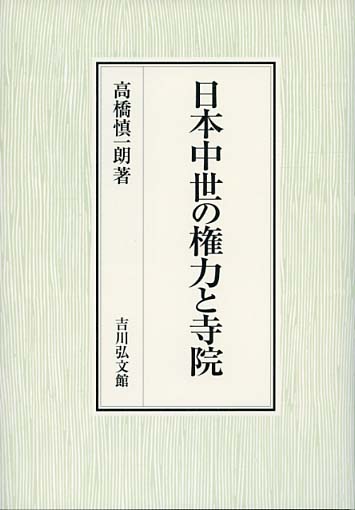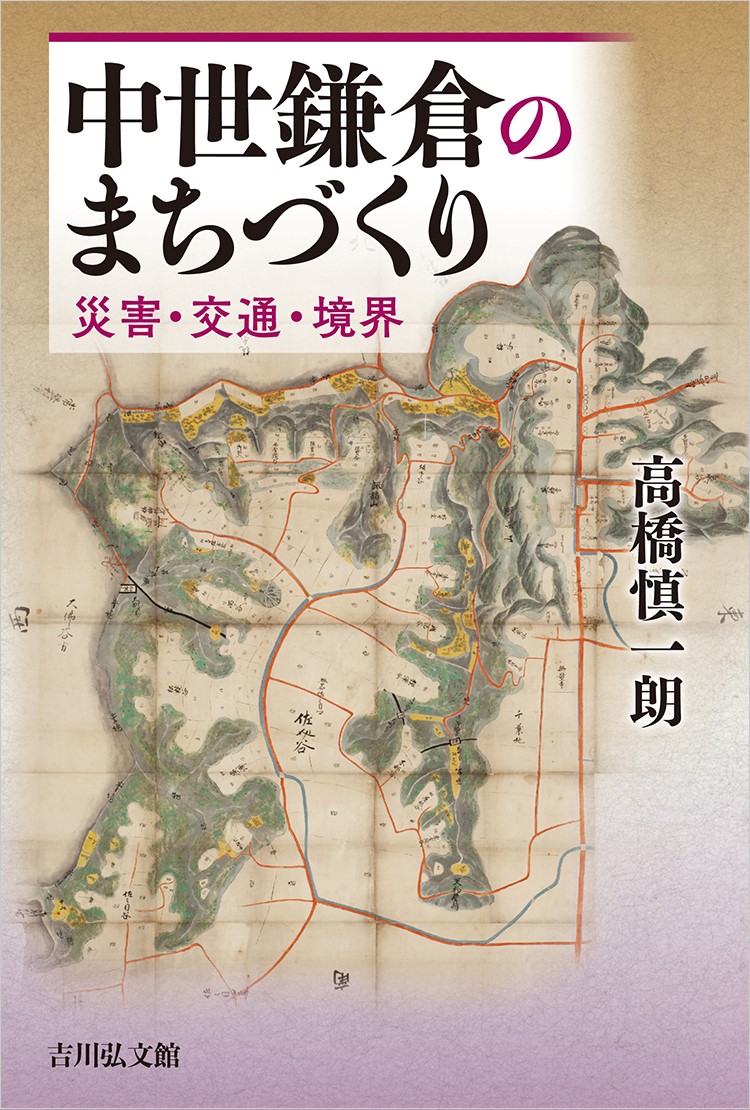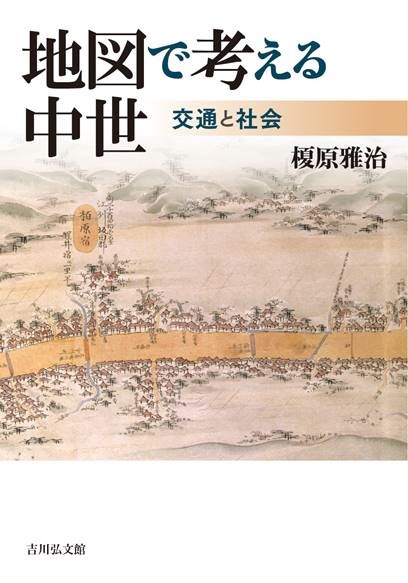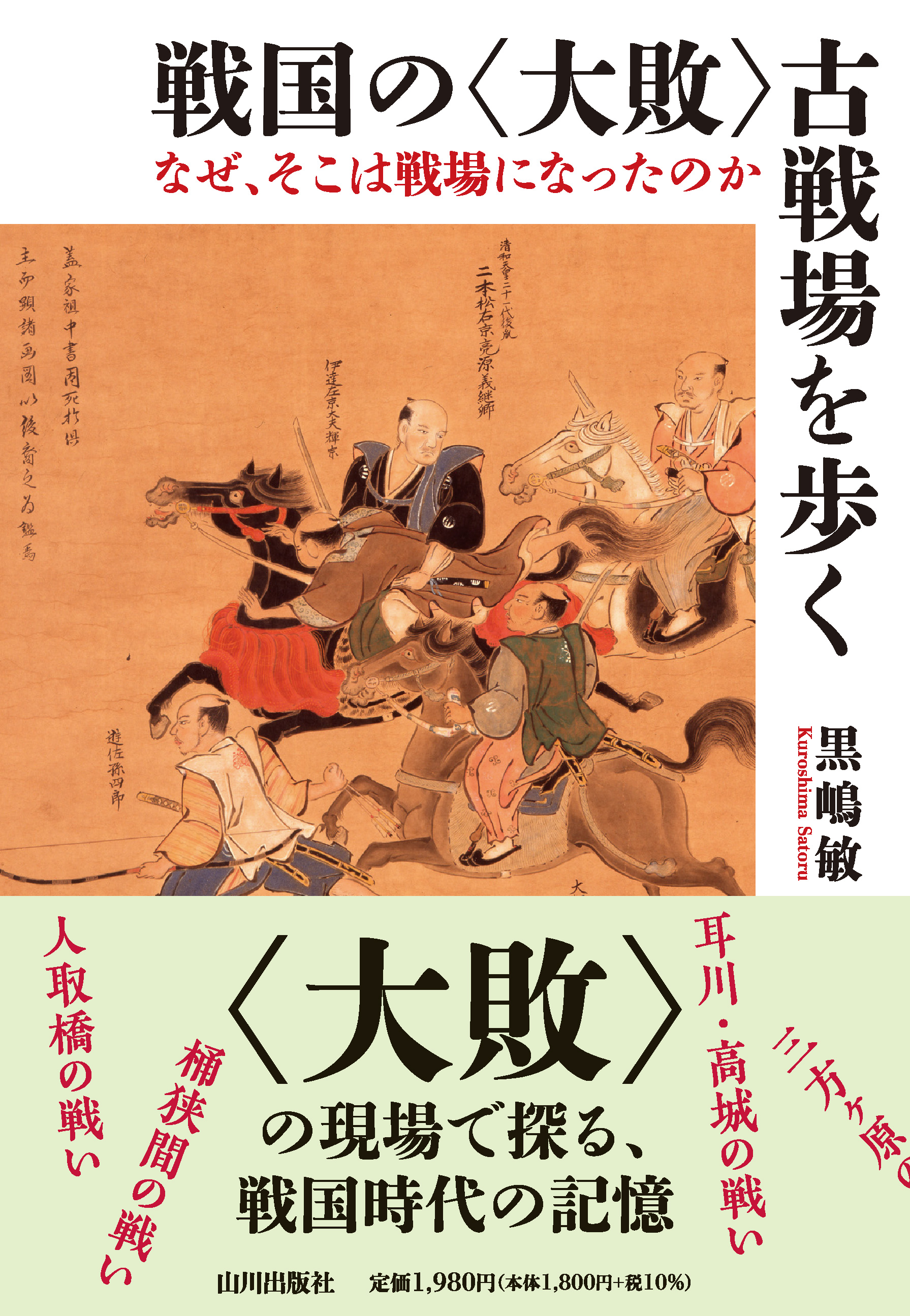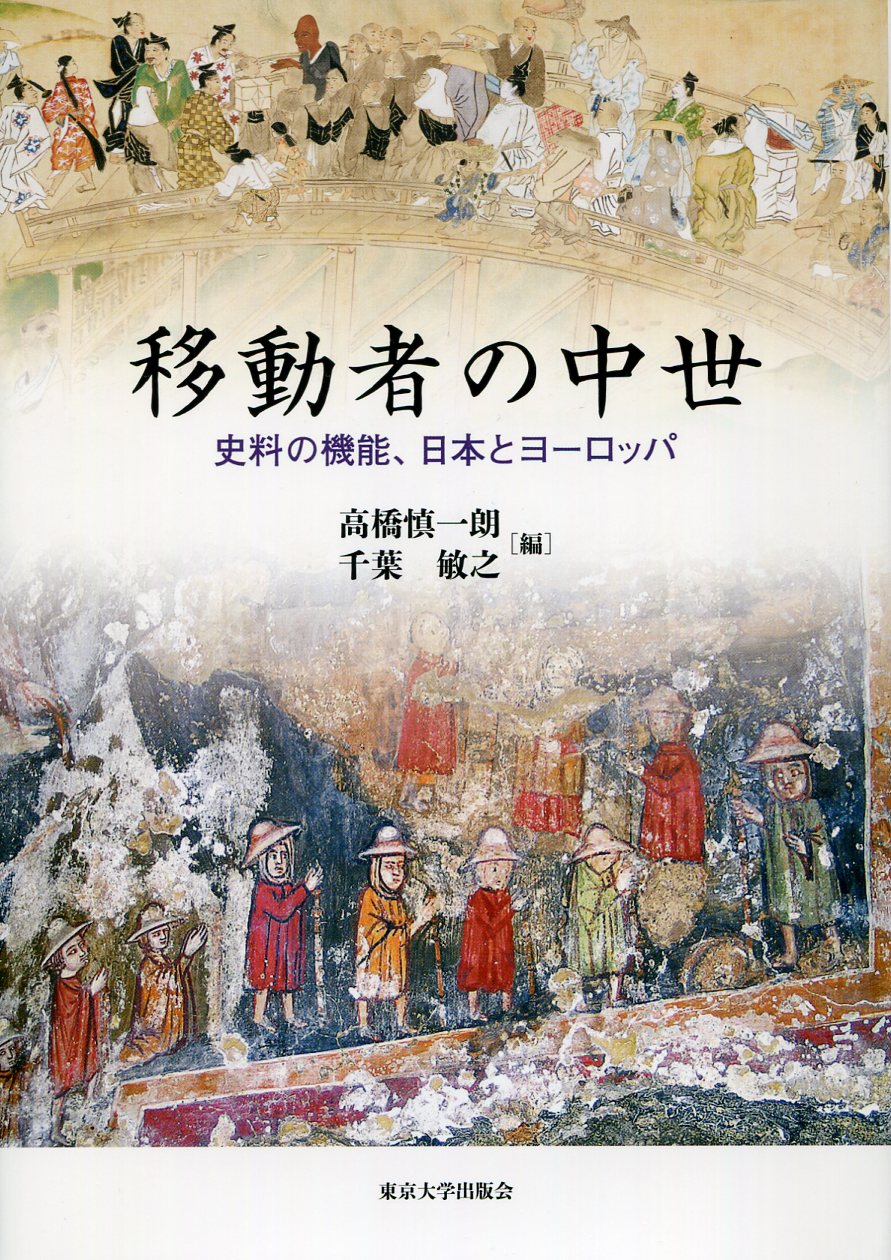
Title
Idosha no Chusei (The Middle Ages through the Eyes of Travelling People: Social Functions of Source Materials in Japan and Europe)
Size
256 pages, A5 format
Language
Japanese
Released
May 25, 2017
ISBN
978-4-13-020306-7
Published by
University of Tokyo Press
Book Info
See Book Availability at Library
Japanese Page
This book presents the results of fresh research activities by the same research society that produced Cities in the Middle Ages: The Appeal of Source Materials in Japan and Europe (University of Tokyo Press, 2009), also edited by Takahashi Shin’ichirō and Chiba Toshiyuki. This book is a collection of articles about “movement” or “travel” and constitutes a comparative history of movement in which specialists in Japanese history, European history, architectural history, and art history discuss movement in the middle ages from their respective standpoints while also taking account of research in other regions and fields.
As was stated in the “Conclusion” of Cities in the Middle Ages, the foremost effect of the study of comparative history “lies in the stimulation to historical imaginative powers that arise in the course of ascertaining mutual differences in perception.” This has been carried over in the basic stance of the present book, which consists of three parts. The positioning of each of these parts and summaries of their constituent chapters are as follows.
Part I, “Travelling Source Materials and Source Materials about Travelling People,” contains three articles: Oikawa Wataru (Japanese history), “Travellers and Documents: Barrier Stations and Transit Permits”; Katō Makoto (European history), “Edward I’s Continental Tour and the Wardrobe Accounts”; and Kuroshima Satoru (Japanese history), “The Study of Source Materials relating to Ships’ Flags: Instruments for Japan’s Overseas Intercourse during the Sengoku Period.”
Guarantees of safety, the procurement of supplies, and so on were indispensable for travellers, and it was as instruments towards this end that “travelling source materials” in the form of transit permits, accounting records, and flags were born. By deciphering these source materials, there emerge the realities of movement during the middle ages and its technical requisites.
Part II, “The Meaning of Movement,” deals with the semantics of movement and contains three articles: Takahashi Shin’ichirō (Japanese history), “Images of Notable Sites and Itinerant Poets”; Iwamoto Kaoru (architectural history), “A Multiplicity of Pilgrimage Routes: The Thirty-three Temples of the Saigoku Pilgrimage in the Middle Ages”; and Kanazawa Momoe (art history), “The Movement of People and the Transformation of Meaning: The Tree of Life and Naked Figures in the Mosaic Pavement of Otranto Cathedral.”
The movement of culture, ideas, and images during the middle ages has left traces in all sorts of source materials. At the same time, movement itself gives expression to specific ideas, and it also turns into not only economic activity but also cultural activity. In the course of such activities geographical features, which can hinder movement, are interpreted in different ways.
Part III, “Movement and Geographical Features,” focuses more closely on geographical features and contains two articles: Yokote Yoshihiro (architectural history), “The Contours of the City of Water: The Frontiers of the Venetian Lagoon”; and Chiba Toshiyuki (European history), “Caves and Archangels: Developments in the Veneration of Saint Michael the Archangel in Europe.” These two articles elucidate the close relationship between movement and geographical features through the way in which residential areas move as a geographical feature in the form of the boundary between land and water itself moves and through the process whereby geographical features in the form of caves mediate the dissemination of oral traditions.
In this fashion, this book, focusing primarily on the movement of people, is composed of diverse findings that tackle the questions of “how the realities of movement in the middle ages are reflected in source materials and how to decipher traces of movement in diverse source materials.”
(Written by TAKAHASHI Shinichiro, Professor, Historiographical Institute / 2018)



 Find a book
Find a book


